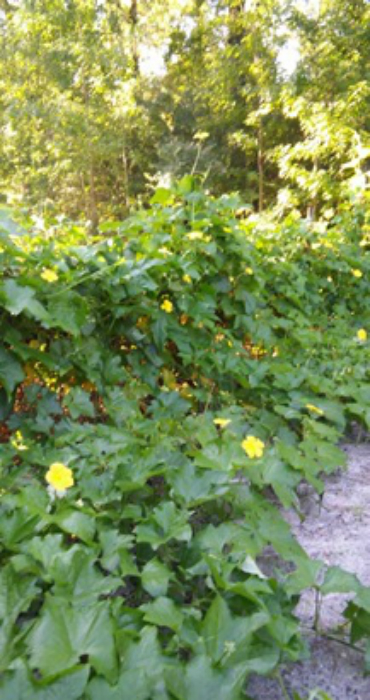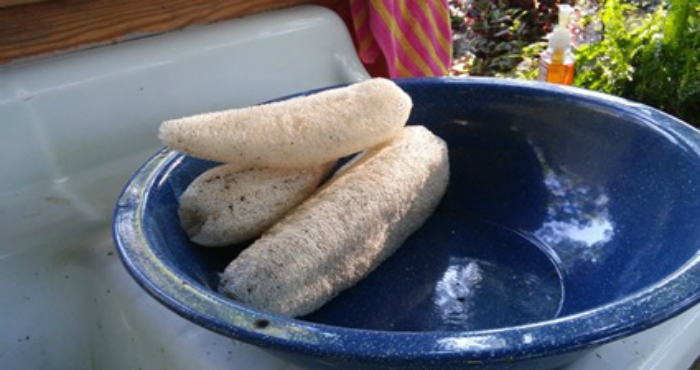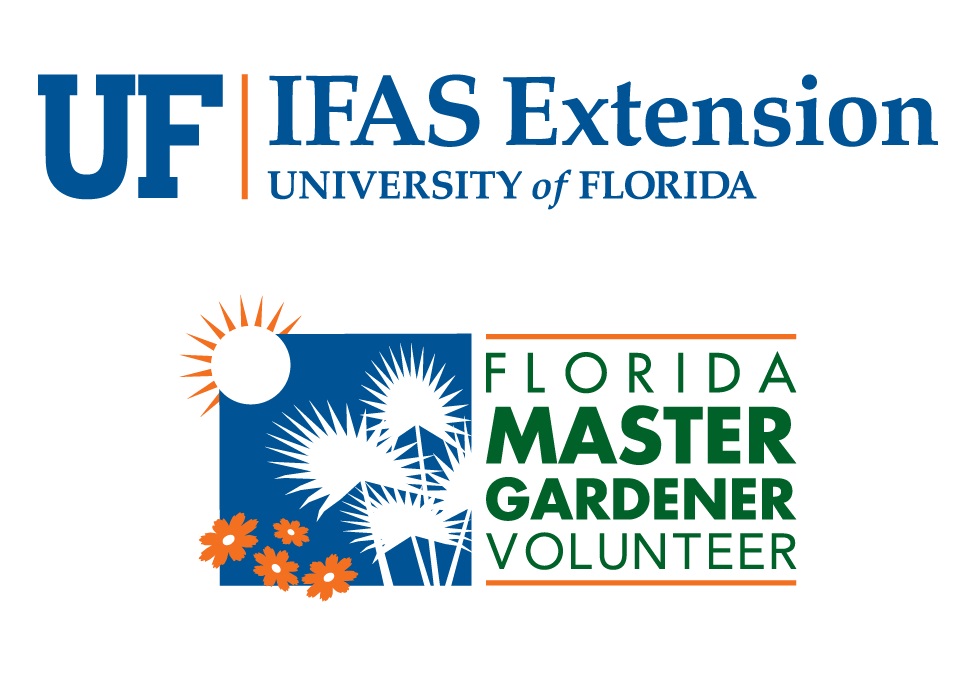Ask Master Gardener Volunteer Linda Clemens
One of the pleasures of winter time is looking at garden and seed catalogs and planning for the spring garden. A vegetable that caught my eye last year was the luffa

gourd. Not only does the luffa produce a fibrous sponge that can be used for cleaning and scrubbing, but it can also be eaten (another name for luffa is “Chinese okra”). So we ordered the seeds, and started them in seed flats in February.
Protecting the young plants
The young plants seemed delicate and not particularly impressive. Only eight plants survived a late February attack by wood rats on our greenhouse. My son and I carefully planted our spindly plants in mushroom compost filled trenches along the garden fence in mid-March. Two promptly died, and the rest struggled until warmer weather arrived. At that point, the six remaining plants proceeded to grow like nothing I have ever seen before.
Luffas, a garden success

The luffas were definitely our garden success story this year. The vines grew to cover three quarters of the garden fence and took off across the yard for the woods and the garden shed. Dozens of massive, 12 to 16 inch long gourds formed. The plants produce huge numbers of bright yellow flowers, and the flowers were covered by butterflies. They continued to thrive and bloom during the hottest part of the summer. We did try eating the small, 4 to 6 inch long gourds, but they had an odd, slippery texture and were not popular.
How luffas form naturally
As the gourds ripened, they turned yellow, then tan. We found that if we picked them at this stage and let them dry for a few days, we could easily peel the outer skin off, revealing the fibrous vegetable sponge within. The sponge is filled with dozens of black seeds, and the easiest way to remove them is to hit the sponge against the side of a bucket, letting the seeds fall inside the bucket. After the seeds are removed, the sponge can be soaked in a bleach solution overnight then dried in the sun to produce a uniformly white scrubbing sponge that is surprisingly functional and durable.

For more information about the luffa gourd and how to grow it, see IFAS Publication #HS604, Luffa Gourd on the University of Florida Institute of Food and Agricultural Sciences website.
If you have any questions or suggestions for future articles please email to wakullamg@ifas.ufl.edu
| The Institute of Food and Agricultural Sciences (IFAS) is an Equal Opportunity Institution authorized to provide research, educational information, and other services only to individuals and institutions that function with non-discrimination with respect to race, creed, color, religion, age, disability, sex, sexual orientation, marital status, national origin, political opinions, or affiliations. U.S. Department of Agriculture, Cooperative Extension Service, University of Florida, IFAS, Florida A&M University Cooperative Extension Program, and Boards of County Commissioners Cooperating |
 0
0




